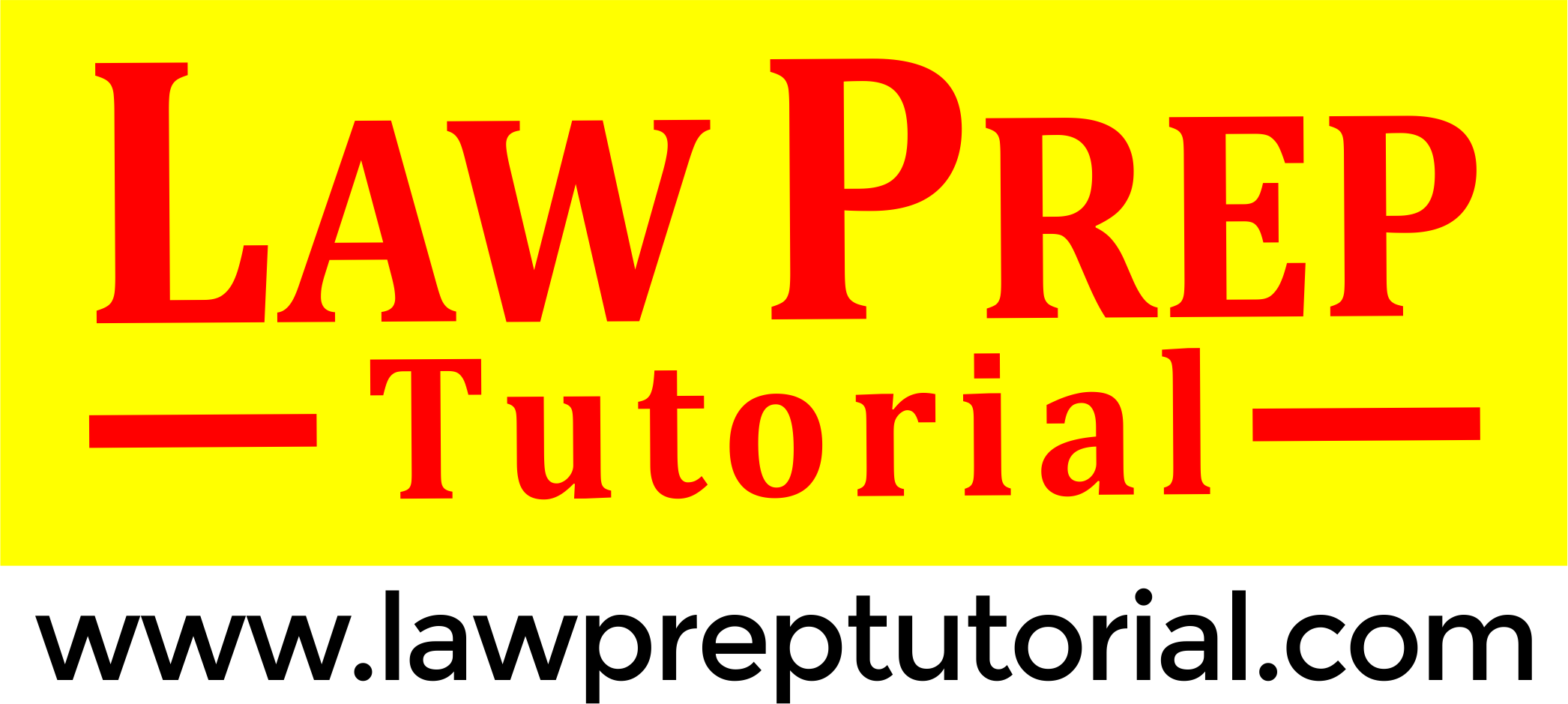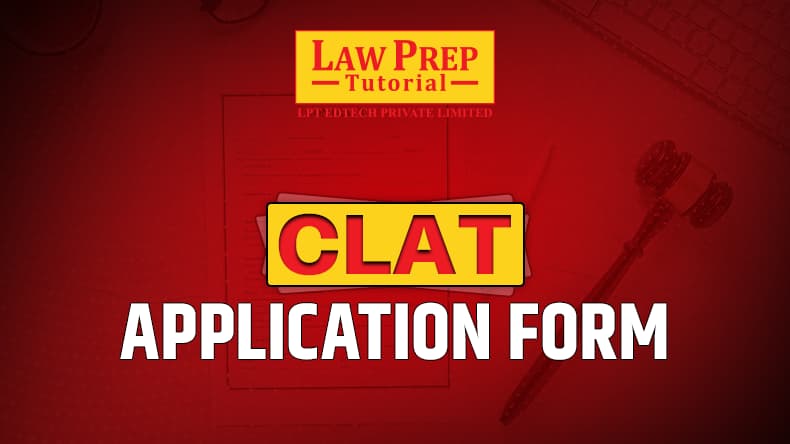Statement and Conclusion is basically a part of the Logical Reasoning section for CLAT exam. In this type of question, a set of statements are given, followed by some inferential conclusions derived from the given statements.
Students are required to consider the conclusions and decide which of them logically follows beyond any reasonable doubt from the information given in the statement. Such questions test your ability to derive correct inferences from the given piece of information.
The most important aspect of such questions is their conclusion. Some of the conclusions can be easily and quickly retracted from the facts presented in the statement. However, in some cases, a conclusion can be indirect, making it difficult to judge whether an error was made.
Upcoming CLAT Exams:
There are situations when one or two conclusions may follow, and sometimes all may follow. It might also happen that none of the conclusions follow.
It depends on the reader’s ability to analyze the statement to arrive at the proper conclusion.
Before we look at the questions, let’s know what does assumption and conclusion mean:
An assumption is an unstated premise that makes an argument. It acts as the link between the premise and the conclusion. The author of the statement believes the assumption to be true, and this same approach must be used by candidates while answering the questions based on this topic.
A conclusion is an opinion or decision formed after a period of thought or research on some fact or sentence stated by someone. To reach a conclusion, think only about the information given in the statement. You don’t need to assume or add any extra information from your side.
A conclusion will follow, if:
- It is implied in the information presented.
- It is a generalization of the idea presented in the statement.
Tips for solving Statement and Assumption Questions for CLAT
The Statement and Assumption questions in CLAT evaluate a candidate’s logical reasoning and critical thinking abilities. These questions require identifying implied assumptions in given statements. Here are some tips to master this question type:
1. Understand the Concept
An assumption is something unstated but essential for the statement to be valid. For example:
Statement: “The government should increase investment in public transport.”
Assumption: Improved public transport benefits people or addresses a problem.
2. Read the Statement Carefully
Analyze the statement thoroughly to grasp its intent and context. Pay attention to keywords or phrases that hint at underlying ideas or beliefs.
3. Distinguish Between Explicit and Implicit Information
Focus on the implicit meaning of the statement. Assumptions are never directly stated but form the basis of the argument. Avoid assuming information not supported by the statement.
4. Practice Common Patterns
Here are some typical assumption patterns:
- Cause-Effect Assumptions: When a statement suggests a solution, the assumption is that the problem exists and the solution will work.
- Generalization Assumptions: If a statement makes a general claim, the assumption often lies in its validity or scope.
- Comparative Assumptions: These involve comparing alternatives or options.
5. Use Negation Technique
To test if an assumption is valid, negate it. If the statement collapses without the assumption, it’s likely correct.
For example:
Statement: “We should encourage online education.”
Assumption: Online education has benefits.
Negation: Online education does not have benefits. (This invalidates the statement.)
6. Avoid Extreme Options
In CLAT, correct assumptions are usually reasonable and balanced. Extreme options with words like “always” or “never” are often incorrect.
7. Pay Attention to Scope
Assumptions should align with the scope of the statement. Avoid options that extend beyond the statement’s subject matter.
8. Don’t Rely on Personal Opinions
Base your answer solely on the information provided in the question. Your personal biases or prior knowledge should not influence your choice.
9. Practice with Mock Tests
Attempt numerous statement and assumption questions in mock tests to become familiar with the pattern. Analyze your mistakes to improve.
10. Manage Time Effectively
Logical reasoning questions can be time-consuming. Practice reading and solving quickly without compromising accuracy.
Important CLAT Questions for Practice:
| CLAT Legal Reasoning Questions | CLAT Logical Reasoning Questions |
| CLAT English Questions | CLAT GK Questions |
Example Question
Let’s look at some statement and assumption questions for CLAT:
In each question below is given a statement followed by three assumptions number I, II, and III. You have to consider the statement and the statement and choose your answer out of the alternatives accordingly.
1. Statement: “Put a notice on the board that all the employees should come on time to the office” – An officer tells his assistant.
Assumptions:
I. All the employees come late
II. Employees read such notice on the board
III. Employees will follow the instructions.
(a) Only I and II are implicit (b) Only III is implicit
(c) Only II and III are implicit (d) Only I and III are implicit
Explanations: (c) The notice directs all the employees to come in time. This does not indicate that all of them came late. So I is not implicit. Since the officer orders the assistant to put the notice on the board, it is evident that employees read such notice on the board. So II is implicit. III is also implicit since the employees have to comply with the orders of the officer.
2. Statement: “Fly with us and experience the pleasure of flying” – an advertisement by airlines.
Assumptions:
I. More passengers may be attracted to travel by airline after reading the advertisement.
II. People generally may prefer an enjoyable flight.
III. Other airlines may not be offering the same facilities.
(a) None is implicit (b) Only I is implicit (c) Only II is implicit (d) None of these
Explanation: (d) Clearly, the advertisement is meant to lure the passengers into traveling by airline. So I is implicit. The advertisement also promises an enjoyable flight. So II is also implicit. The facilities offered by other airlines cannot be deduced from the statement. So III is not implicit.
3. Statement: The residents of the locality wrote a letter to the corporation requesting to restore normalcy in the supply of drinking water immediately as the supply at present is just not adequate.
Assumptions:
I. The corporation may not take any action on the letter.
II. The municipality has enough water to meet the demand
III. The water supply to the area was adequate in the past
(a) Only I and III are implicit (b) Only II is implicit
(c) Only II and III are implicit (d) Only III is implicit
Explanation: (d) The corporation’s response to the letter cannot be deduced from the statement. So, I is not implicit. The municipality’s position in regard to the water supply is also not mentioned. So II is also not implicit. Since the resident’s talk of restoring normalcy, it means that the water supply was adequate in the past. So III is implicit.
4. Statement: We must be prepared to face any eventuality, and all the assignments must be completed as per their schedule – Directors tell the faculty members.
Assumptions:
I. There is the possibility of any serious eventuality.
II. Dates are fixed for all the assignments.
III. Faculty members are supposed to complete all the assignments.
(a) Only I is implicit (b) None is implicit (c) Only III is implicit (d) All are implicit.
Explanation: (d) I is implicit as the Director talks of being prepared to face any eventuality.
II is implicit as it is mentioned that a schedule for completing the assignments has been drawn up, and III is also implicit as the fact that the statement is directed to all the faculty members.
5. Statement: “I want to present a book on techniques of yoga to Ajay on his birthday,” – Sudesh tells Amrish.
Assumptions:
I. Sudesh will be invited by Ajay on his birthday.
II. The person to whom the book is presented is not keeping good health.
III. Book is an acceptable gift for a birthday.
(a) Only I and II are implicit (b) Only II and III are implicit
(c) Only I and III are implicit (d) None is implicit
Explanation: (c) Clearly, both I and III are implicit because Sudesh has decided to gift the book to Ajay on his birthday. He will be invited by Ajay, and also, a book is an acceptable gift.
II is not implicit as nothing about the state of health of the person can be deduced from the statement.
The Last Word
Solving statement and assumption questions requires a logical approach, attention to detail, and consistent practice. By understanding the nature of assumptions and applying these tips, you can enhance your problem-solving skills and improve your CLAT performance. Hope now you know how to tackle such questions in the CLAT exam, to prepare better, solve as many questions as possible. Also, stay tuned for more updates on the CLAT exam.
Important Resources After CLAT Exam:
Useful Tip For You:
| Timetable for CLAT Preparation |
| Self-study Tips for CLAT |
| Time Management Tips for CLAT |
| How to Improve Vocabulary for CLAT |
Free CLAT Study Material for You:



